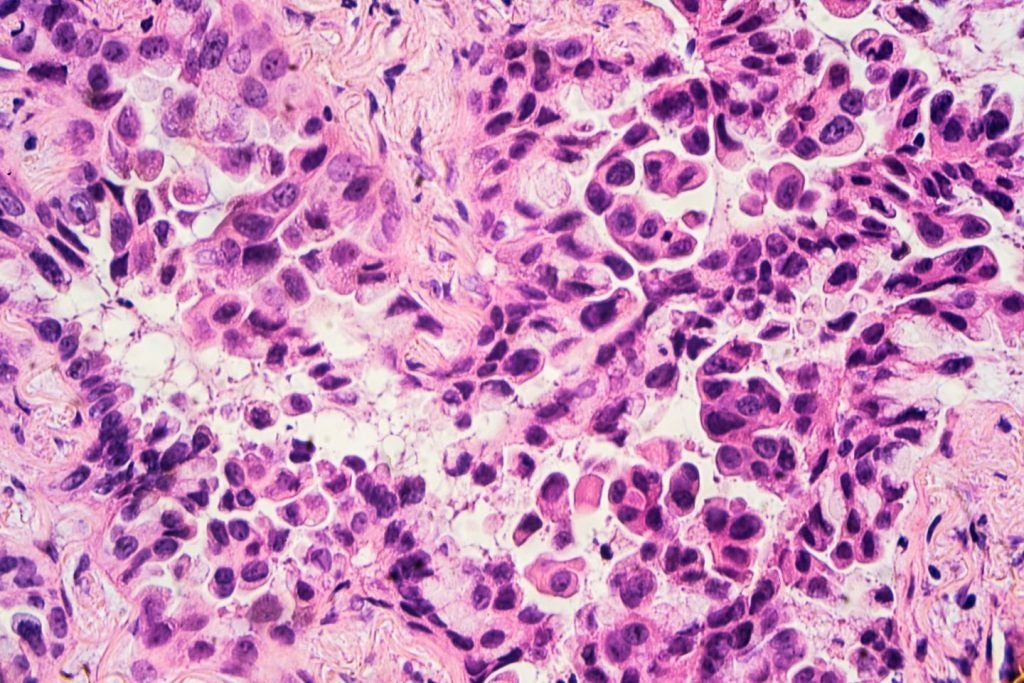The shape memory metal Nitinol has increased in use nd popularity since its discovery in 1959. Today we see Nitinol-based stents, guidewires, surgical instruments, coliosis rods, embolic protection filters and a whole host of other medical applications. Nitinol has become a valuable part of the medical device designer’s armamentarium.
HISTORY
William J Buehler stumbled upon this metal nearly 50 years ago after working with a number of experimental alloys, in the hope of discovering a material to use in the nose cones of the Navy’s Polaris re-entry vehicle. After discovering that hot and cold forms of the alloy had different properties, he hypothesised that the material had undergone some sort of atomic structural transformation created by a change in temperature.
Further experiments proved him right, and he named his new discovery Nitinol after its elemental constituents (nickel and titanium) and the laboratory where it was fortuitously discovered.
The fascinating and useful property of shape memory was not discovered in Nitinol until a few years later. Its unique characteristic is its ability to ‘remember’ and recover its original shape, after being heated above a critical temperature. This stems from the atomic phase transformation that occurs in the material, changing from martensite (the lower temperature phase) into austenite (the higher temperature phase).
A related property, superelasticity, describes Nitinol’s ability to dynamically change from austenite to martensite and back again with the application and release of applied stress. This mechanism allows Nitinol to recover much larger amounts of deformation than could be recovered through standard elasticity. In fact, superelastic Nitinol has roughly ten times the deformation recovery capability of a typical stainless steel.
How well do you really know your competitors?
Access the most comprehensive Company Profiles on the market, powered by GlobalData. Save hours of research. Gain competitive edge.

Thank you!
Your download email will arrive shortly
Not ready to buy yet? Download a free sample
We are confident about the unique quality of our Company Profiles. However, we want you to make the most beneficial decision for your business, so we offer a free sample that you can download by submitting the below form
By GlobalDataThe discovery of shape memory and superelasticity in Nitinol eventually led to the huge variety of commercial products that we see today. The first commercial applications focused on the shape memory effect in Nitinol for use in products such as hydraulic pipe couplings, industrial actuators and orthopaedic bone plates. While technically successful, these applications did not lead to the anticipated explosion of commercial use.
The Nitinol market finally took off in the 1980s, largely due to improvements in the understanding of the material’s superelastic properties. In particular, cellular telephone antennas, eyeglass frames and orthodontic archwires made from Nitinol first saw large-scale commercial success during this decade.
Two landmark Nitinol-based medical devices were developed during this period: the Homer Mammalok® for breast tumour localisation, developed by Mitek in Westwood, Massachusetts, and the Simon Nitinol Filter®, which traps potentially deadly blood clots in the venous system, developed by Nitinol Medical Technologies in Boston, Massachusetts. Since then, applications of Nitinol in medicine have multiplied.
COMMERCIAL DEVELOPMENT
Much of the early technical development of Nitinol alloys focused on refining the melting processes and understanding the basic metallurgical mechanisms. Nitinol melting is especially challenging, as Nitinol alloys must be melted under vacuum to minimise impurities.
The last decade has seen significant improvement in the understanding of manufacturing process technologies for producing Nitinol devices, especially advances in laser-cutting technology and surface finishing. Nitinol manufacturing has moved beyond the realm of blacksmithing, and most medical device manufacturing operations have implemented six sigma methodologies, including sophisticated manufacturing and test method validations, statistical process control and lean manufacturing tools.
Another significant change over the last ten years has been greater knowledge and understanding of Nitinol among medical device engineers, both from a processing technology and a device development standpoint. This is due in part to a concerted effort on the part of the Nitinol producers to educate the industry on how to design, test and manufacture Nitinol medical devices. A key element of this educational process was the formation of the Shape Memory and Superelastic Technologies Society (SMST), and the launching of its conference series starting in 1994.
A further development during the last decade has been improved understanding of Nitinol fatigue and corrosion behaviour. Nitinol contains about 50% nickel, so its corrosion performance has been closely scrutinised. Like stainless steel, Nitinol is protected from corrosion by a protective surface layer, which is composed of titanium dioxide. When properly processed, the biocompatibility and corrosion resistance of Nitinol is excellent, with a performance close to that of titanium alloys.
Finally, the last ten years have seen development of a number of ASTM standards that apply to both the Nitinol raw material itself and various test methods used to characterise the material. The F2063 wrought material standard now gives medical device engineers assurance that the starting material meets the basic requirements for use in a medical device.
However, Nitinol’s final properties are mostly determined by the processing it undergoes during the rest of device manufacturing. The various testing standards, the F2129 corrosion testing standard in particular, describe the currently acceptable test methods for verifying many of the critical outputs of the Nitinol medical device manufacturing process, including the effects of heat treatments and surface finishing.
MEDICAL DEVICE MARKET IMPACT
In the past decade, the Nitinol medical device marketplace has been dominated by peripheral vascular products, such as stents and guidewires. The Nitinol self-expanding stent market took off with the 1998 market release of the Cordis SMART Stent®. Total worldwide sales of the SMART Stent are estimated to be about $1bn, making it arguably the Nitinol medical device industry’s first true blockbuster product.
In recent years, endovascular aneurysm repair devices, inferior vena cava filters and embolic protection devices have also developed into significant commercially successful products. In 2006, Nitinol-based devices accounted for over $750m of the US peripheral vascular device market. The extended worldwide market for these devices is currently estimated at $1.1–1.5bn.
FUTURE TRENDS
The success of Nitinol in the peripheral vascular space has spurred development in a number of other areas, including general surgery, structural heart disease and orthopaedics.
Nitinol will continue to be an important material for the medical devices market as procedures become less invasive. Also, as our understanding of some of the more extreme biomechanical environments in the human body improves, more sophisticated Nitinol devices which take full advantage of its extraordinary properties will be developed. The LifeStent Flexstar™ is one of many new technologies focusing on such an environment, the superficial femoral artery.
Many new applications will require the advances of materials technology in emerging areas such as thin film Nitinol, porous Nitinol and new alloys with improved mechanical and physical properties, (better radiopacity, higher strength, higher purity and tighter transformational hysteresis). Overall, the next few years should see exciting Nitinol medical device developments in a number of areas.





